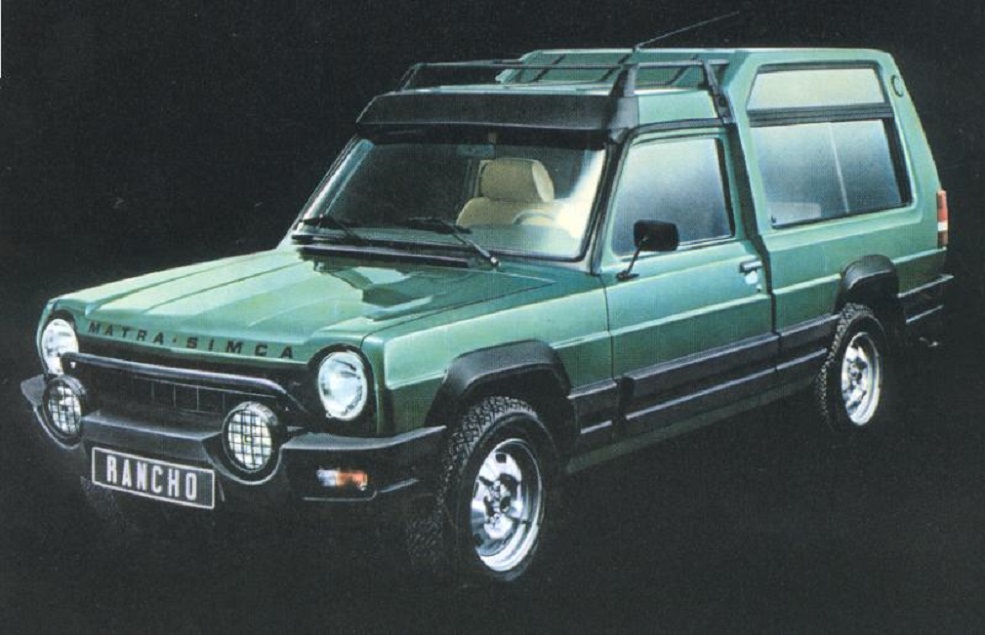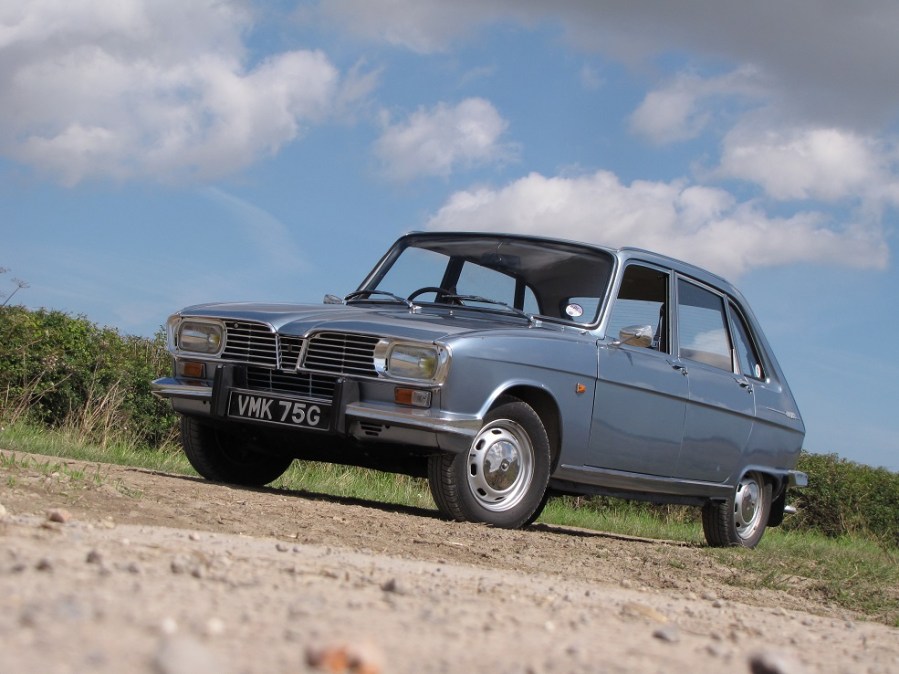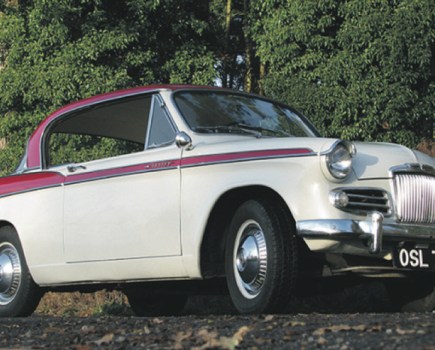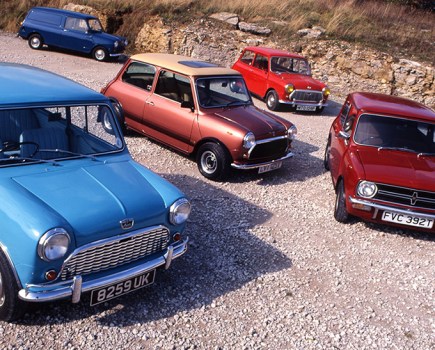We take a look at how the French have shaped the family car.
Life used to be so simple. You grew up, got married, had children and used the firm’s Cortina. But the French changed all that. Both Renault and Matra had different ideas about the direction the family car should take – and once their talents were united, it seemed that nothing could usurp them. We’ve brought together five of our favourite French family fancies to celebrate the changing face of the kid-wagon.
RENAULT 16 – LE HATCHBACK
1965 saw the dawn of a new type of family car. OK, the hatchback wasn’t a truly new concept – but a family-sized front-wheel drive hatch wasn’t something you saw every day. The R16 and subsequent Renaults such as the R20 popularised this concept during the period in which other manufacturers were playing catchup. Produced for 15 years, the R16 entrenched the concept of the hatchback into a world where four door saloons were the family and fleet norm, bringing new practicality to a pair of genres for which usefulness was the ultimate commodity.
MATRA RANCHO – THE FIRST SUV?
Launched in 1977, the Matra Rancho was arguably the first of the SUVs targeted at the family. It recognised that a rough and tumble activity vehicle didn’t need to have all-wheel drive, and that a car targeted at the family could be exciting and different to the norm. Based on the Simca 1100 but with a GRP rear shell fitted, Rancho production continued for seven years across a variety of differing trims. Powered by the larger 1442cc engine from the Chrysler Alpine, the Rancho offered go-anywhere fun for people who didn’t actually want to go off road. Its raised ground clearance made it a firm favourite among the rural.

RENAULT ESPACE – A NEW USE OF SPACE
Strictly speaking, the Espace wasn’t Matra’s handiwork. The credit can go to Rootes-Chrysler designer Fergus Pollock, who created the car in Whitley, Coventry. Development work was given to Matra, which at the time was a subsidiary of Chrysler’s French arm Simca. Intended as a Rancho replacement, the Espace concept was phased out by PSA when it bought Simca from Chrysler. PSA felt the design too risky, and thus allowed it to stay with Matra when that company was sold to Renault. Bodied in fibreglass, it was the precursor to almost all modern MPVs owing to its van-like silhouette, endlessly configurable interior and saloon car drivetrain.
RENAULT SCENIC – ESPACE FOR FIVE
Launched in 1996, the Scenic can trace its roots to a 1991 concept car. Mechanically identical to the Megane hatch, it offered estate practicality with a higher roofline for families in need of extra space. While it wasn’t the first mini-MPV (The Nissan Prairie was arguably first) , it was certainly the first to popularise the concept. Renault traded extensively on its Espace connections when marketing the Scenic, and it soon spawned a litany of copycats. While the Vauxhall Zafira built upon its success and the Fiat Multipla did the same thing with more distinctiveness, the Scenic sparked a sea change in the way families thought about motoring.
RENAULT SCENIC RX4 – OFF-ROAD FAMILY FUN
The RX4 appeared to be the answer to a question that nobody had asked, until you looked closely. But when you did, it made an awful lot more sense. Jacked-up estate cars were selling well in the late 1990s and early 2000s, with Volvo’s V70 XC, Audi’s A6 Allroad and Subaru’s Legacy Outback kings of the hill. A jacked up Scenic for the family made sense. It kept the family friendly trimmings, but coupled them to a Steyr-Puch developed all wheel drive system for muddy car parks and minor greenlaning. While it wasn’t popular new, arguably it sired the market’s current desire for family friendly SUVs.
THE ALTERNATIVE
While the French were engaging in all manner of obtuse family car behaviour, saloon sales remained steady into the 2000s. Successive Renaults from the 19 to the Laguna II ensured that alongside its more eccentric offerings, Renault and its subsidiaries were able to maintain a market presence for those whose attitudes remained staunchly conservative in nature. It took the family SUV – a market arguably sparked by both Rancho and RX4 – to usurp the dominance of conventional family cars in the UK – and with the cessation of sales for most large saloons, this trend appears unlikely to revert at any time soon.
CONCLUSION
Renault and Matra changed the way we see the family car – and it could be argued that without their innovative approaches, we would all still be driving round in four-door Cortina-style saloons. But through the hatchback, the crossover and the people carrier the face of family motoring has changed beyond recognition. Vive le difference!




